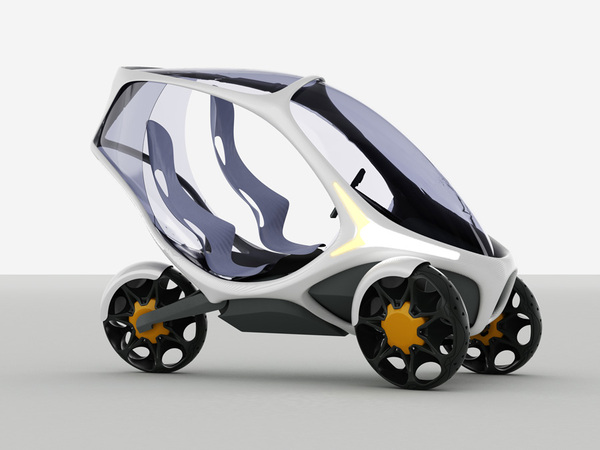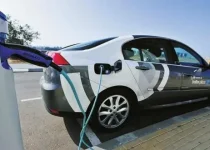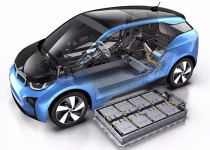What is the role of energy storage systems in the electric vehicle ecosystem?

Energy storage systems play a crucial role in the electric vehicle (EV) ecosystem by providing efficient energy management, grid stabilization, and support for renewable energy integration. Key roles of energy storage systems in the EV ecosystem include:
- Charging infrastructure: Energy storage systems can be integrated with EV charging stations to store electricity during periods of low demand or when renewable energy generation is high. This stored energy can be used to power EV chargers during peak demand, reducing the strain on the grid and enabling faster charging.
- Vehicle-to-grid (V2G) technology: V2G technology allows EVs to function as energy storage systems, feeding energy back into the grid during periods of high demand or when renewable energy generation is low. This can help balance the grid, reduce the need for additional peaking power plants, and create new revenue streams for EV owners.
- Renewable energy integration: Energy storage systems can be used to store excess renewable energy, such as solar or wind power, which can then be used to charge EVs. This helps reduce the reliance on fossil fuels for transportation and supports the integration of renewable energy into the grid.
- Grid stabilization: Energy storage systems can help stabilize the electrical grid by providing frequency regulation, voltage support, and demand response services. This is particularly important as EV adoption increases and the demand for electricity to charge vehicles rises.
- Microgrids and distributed energy resources: Energy storage systems can be integrated with microgrids and distributed energy resources (such as rooftop solar panels) to create localized, resilient energy systems that can power EV charging infrastructure. This can be especially beneficial in remote areas, disaster-prone regions, or in situations where grid reliability is a concern.
- Second-life batteries: As EV batteries reach the end of their useful life for vehicle applications, they can often still store a significant amount of energy. These “second-life” batteries can be repurposed for stationary energy storage applications, supporting the grid and reducing waste.
- Cost reduction: By using energy storage systems to store low-cost electricity during off-peak hours or when renewable energy generation is high, utilities and consumers can reduce the overall cost of charging EVs. This can make EV ownership more attractive and further accelerate the transition to electric transportation.
Overall, energy storage systems play a vital role in supporting the electric vehicle ecosystem by enabling efficient energy management, enhancing grid stability, and facilitating the integration of renewable energy sources. As EV adoption continues to grow, the importance of energy storage in the overall electric vehicle ecosystem will only increase.


